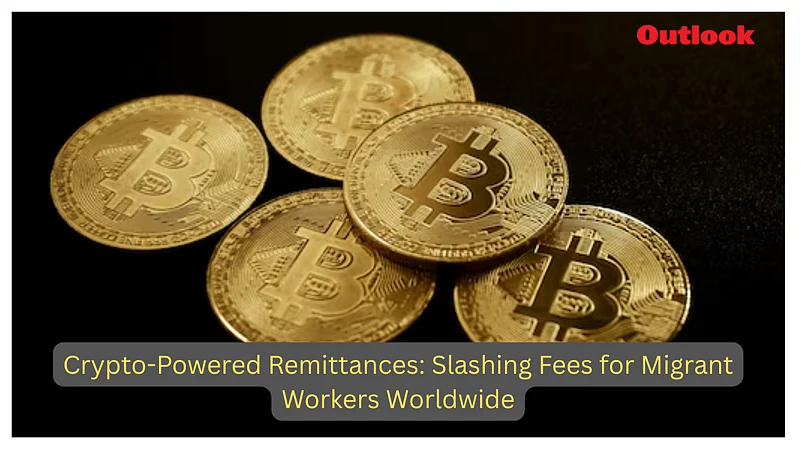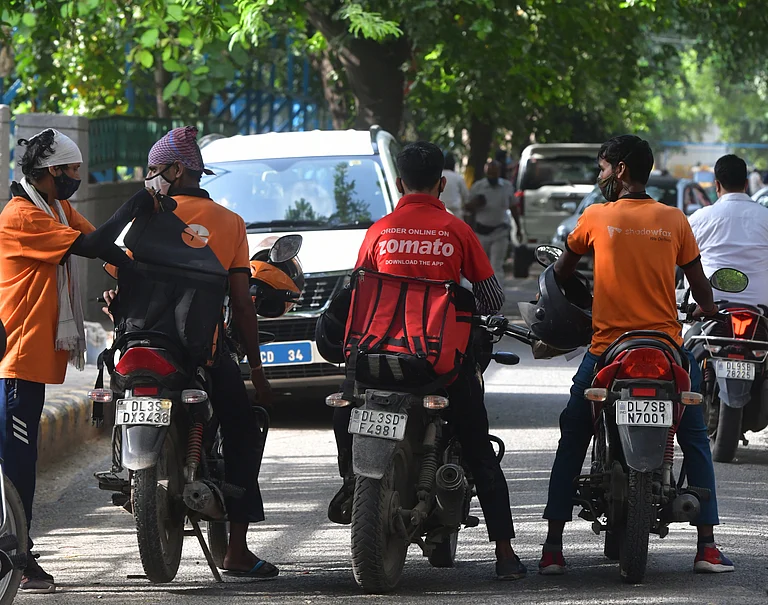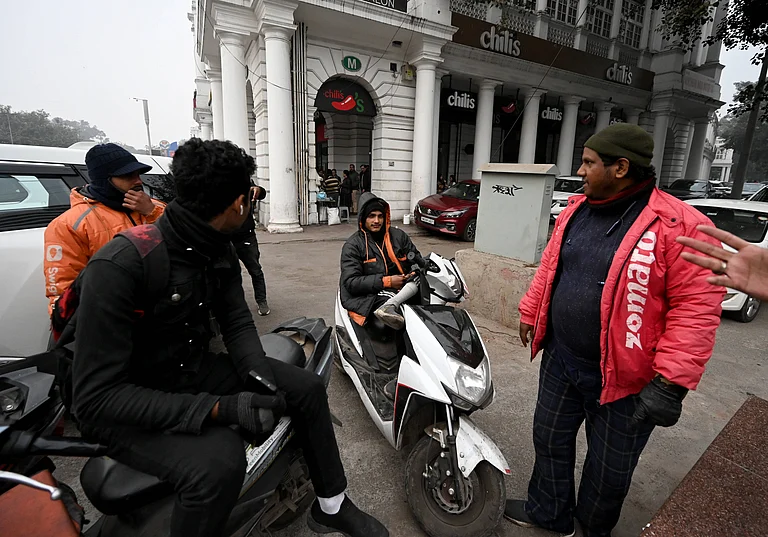When a father in the Philippines, a nanny in Nigeria, or a construction worker in the UAE sends plutocrats home, it’s further than just a sale, it's a lifeline. But high freights, slow processing, and limited access to traditional banking services have long agonized the global remittance system. Now, a quiet revolution is underway. By employing the power of decentralized digital currencies, migratory workers are discovering briskly, cheaper, and more inclusive ways to support their families.
The Hidden Cost of transferring Love Across Borders
The global remittance assiduity moves over$ 800 billion annually, with developing countries entering the captain’s share. For millions of homes, these finances are pivotal — covering rudiments like food, education, and medical charges. Yet, despite their significance, remittances frequently come at a steep price. Traditional plutocrat transfer drivers charge sale freights that can ingurgitate up as much as 6- 10 of the quantum transferred. Add to that the detainments — occasionally taking days for finances to arrive — and the burden on migratory workers becomes clear.
These challenges are n't just fiscal. In numerous pastoral or underserved areas, donors face long passages to civic centers to collect their plutocrat, frequently paying fresh original freights. For the sender, navigating rigid banking systems, dealing with currency conversion losses, and contending with service outages add farther layers of stress.
The Digital dislocation settlers Have Been Waiting For
The rise of blockchain technology has created a resemblant fiscal system — one that operates 24/7, knows no borders, and does n’t bear mediators to corroborate or execute deals. At its core, blockchain- grounded remittance platforms allow druggies to shoot plutocrat nearly incontinently, directly from person to person, bypassing banks and traditional fiscal institutions.
For migratory workers, this has restated into remittance services that can be over to 90 cheaper than conventional bones . With smaller interposers involved, the savings are passed directly to the sender and philanthropist. And with evidence times frequently under a nanosecond, the experience is faster than ever ahead.
Unlike traditional services that bear identity verification, in- person visits, and indigenous banking networks, blockchain tools offer availability through just a mobile device and internet connection. In regions where bank penetration is low but mobile connectivity is high, this represents a massive vault in fiscal addition.
Cross-Border Payments, Original Impact
Take the illustration of an agrarian drudge in India entering support from a stock working abroad. Using blockchain- grounded tools, the finances can arrive in real time, with transparent sale records, and without the retired deductions that persecute conventional remittance channels. These timely and full- value transfers empower donors to manage immediate charges or invest in small businesses, education, or healthcare.
For womanish donors who frequently handle ménage finances in developing countries briskly and more secure transfers bring a new subcaste of profitable autonomy. In regions affected by affectation or currency volatility, digital remittances also give a more stable value transfer system, helping families retain copping power over time.
Beyond freights Trust, translucency, and Financial Freedom
While lower costs are a major draw, blockchain- grounded remittances offer commodity deeper trust. Every sale is recorded on a public tally, icing responsibility and reducing fraud. There is no need to calculate on opaque systems or worry about third- party crimes. The decentralized nature of the technology ensures that no single reality can manipulate or indurate finances arbitrarily.
also, the capability to tone- guardianship digital finances gives both senders and receivers more control over their plutocrat. In unpredictable political surroundings or places with unstable banking systems, this fiscal independence becomes a form of commission.
Challenges on the Road to Mainstream Adoption
Despite its pledge, crypto- powered remittances are n't without hurdles. Regulatory query, lack of digital knowledge, and internet availability gaps can hamper relinquishment. For aged druggies or those in largely regulated countries, onboarding into blockchain platforms may still feel intimidating. But with growing mindfulness, simpler interfaces, and government interest in digital public structure, the road ahead looks promising.
originators are formerly erecting islands integrating digital remittance systems with original mobile holdalls and edict cash- eschewal points to make the stoner experience flawless. Some governments and NGOs are also exploring hookups to reduce the costs of philanthropic transfers using this model.
Conclusion The Future of Remittances Is Borderless
The migration story is one of immolation, stopgap, and adaptability. When workers leave their homes to make better lives for their families, they earn tools that do n’t exploit their sweats. Crypto- powered remittance systems offer further than just technological novelty — they represent a reimagining of how plutocrat moves in a connected world.
As these systems develop and come more inclusive, the days of high freights and delayed transfers may eventually be numbered. For the world’s emigrant workers and their families, that change ca n’t come soon enough.

























